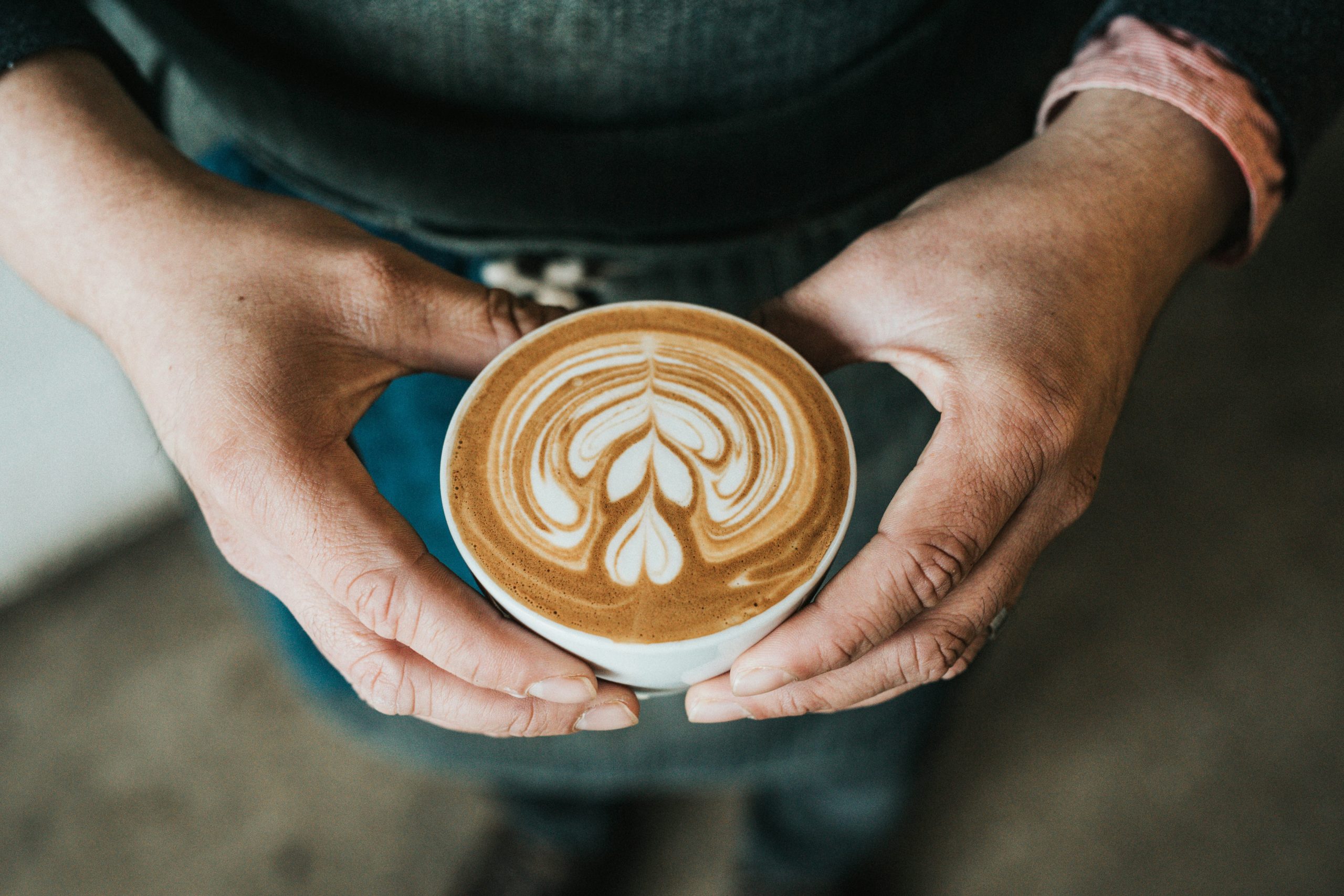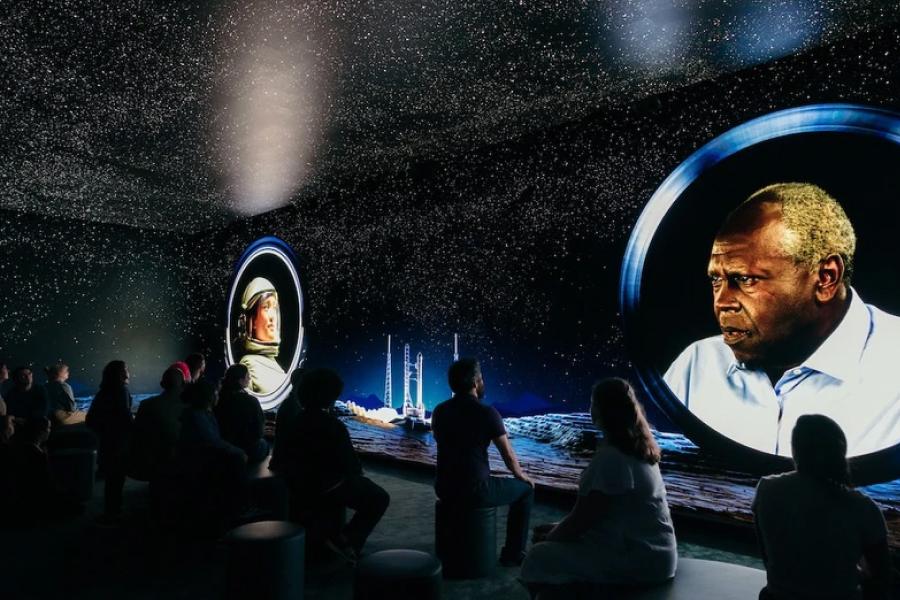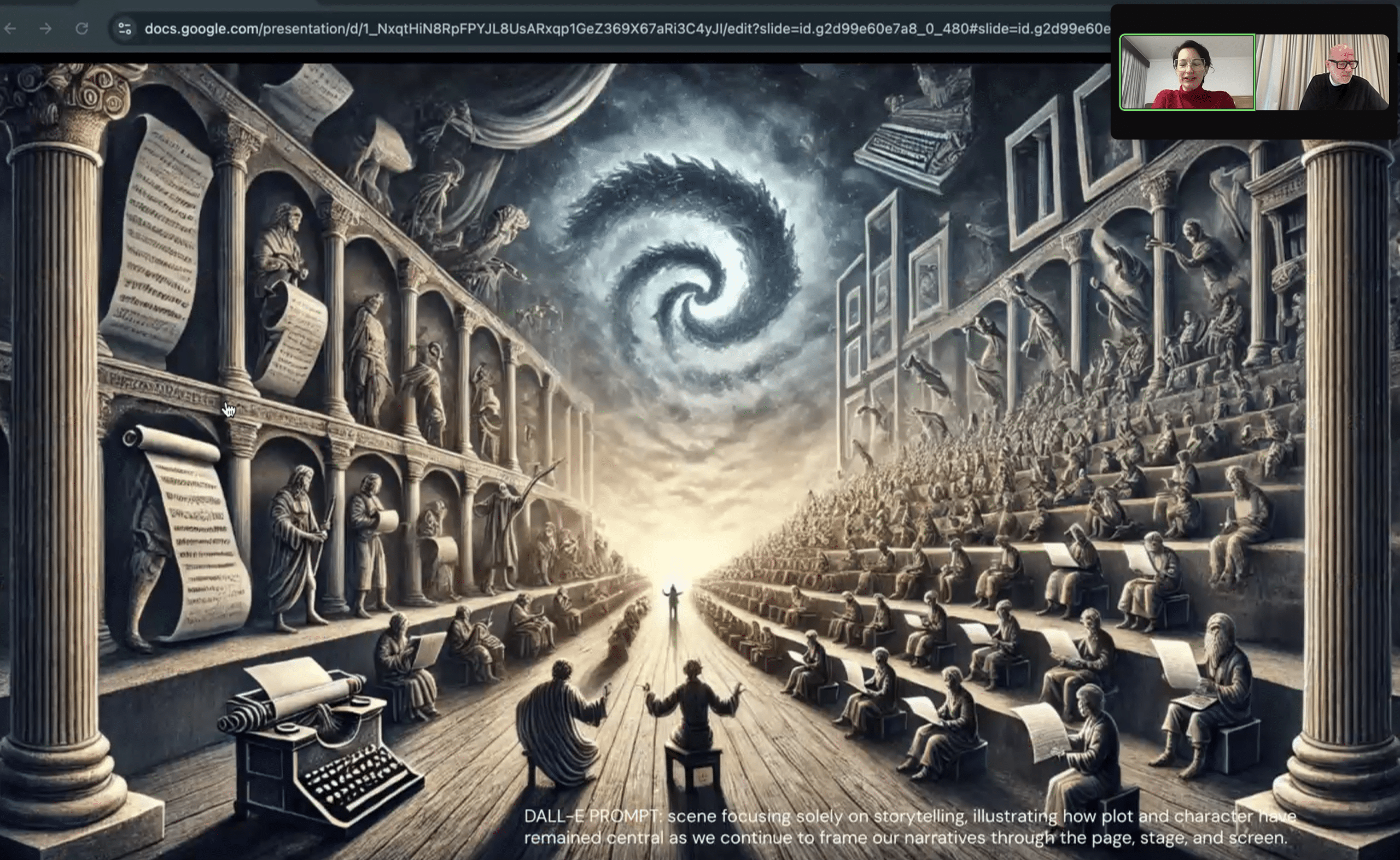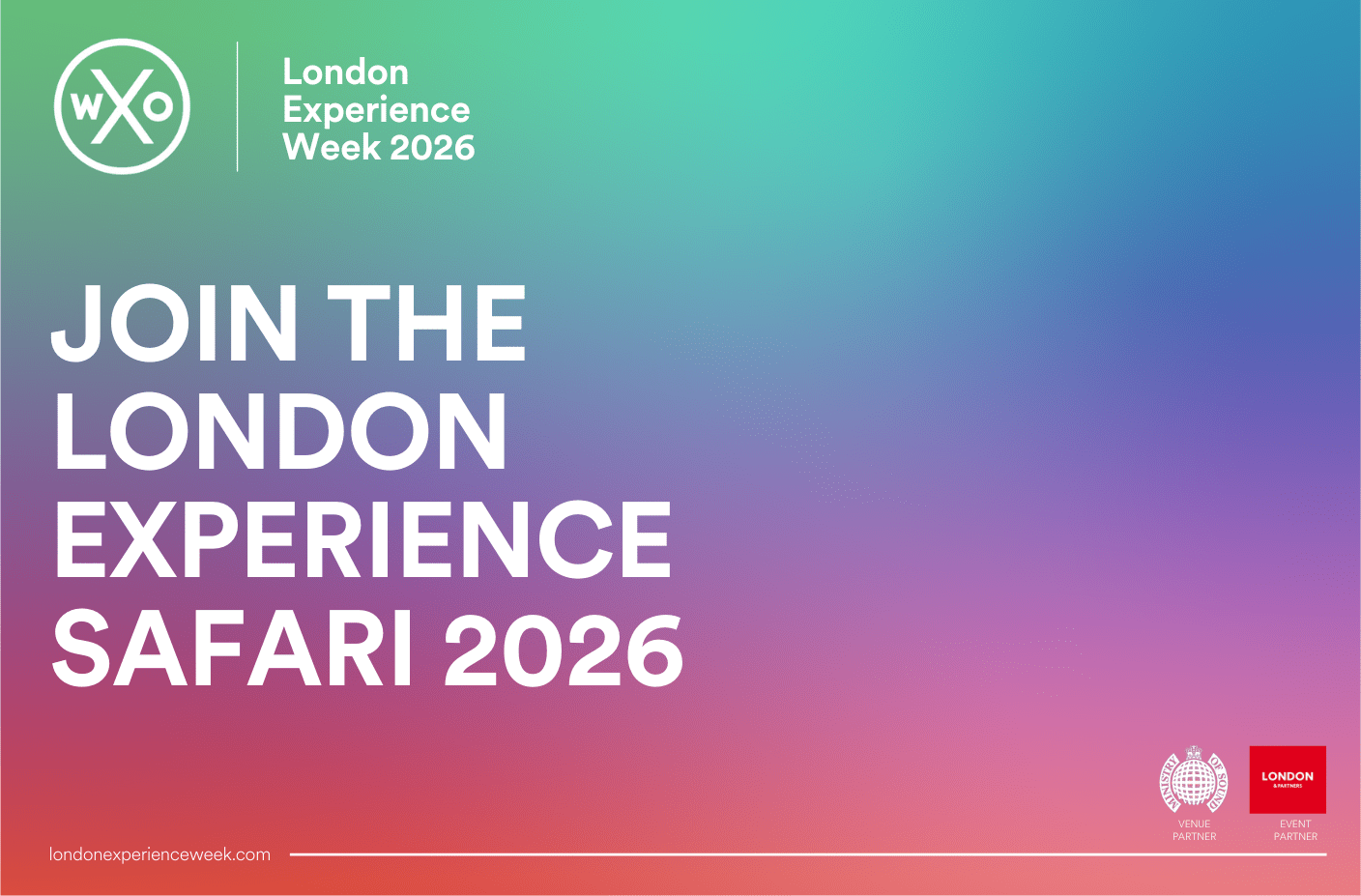Have we gone too far with transformation?
We’re all in thrall to extraordinary experiences – but “ordinary experiences” are often overlooked. However, might there be value and beauty in everyday experiences, too? As philosopher Alain de Botton says, “we can’t live on the summit: we’re creatures of the lowlands.”
Professors at Brigham Young University formulated the Hierarchy of Experiences some years ago to help understand how we might think about experiences, dividing them into experiences into four categories:
- Ordinary
- Memorable (create more emotion)
- Meaningful (create new insights)
- Transformative (create positive emotions, new insights, and personal behavioural changes)
While well received and influential, the implication of a hierarchy with transformative at the top means that there has become something of an obsession with designing transformative experiences.
But not every experience can or should be transformative – and academic research shows that ordinary experiences have benefits that are in danger of being overlooked.
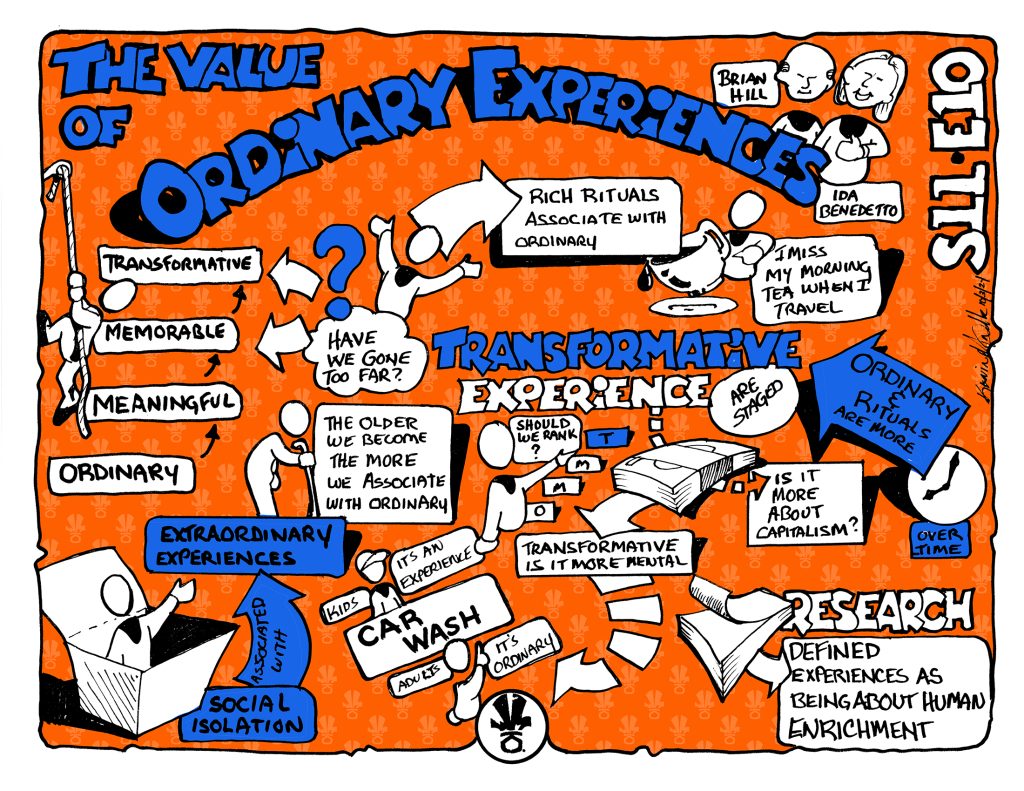
In a continuation of their conversation at this past year’s World Experience Summit, BYU experience design professor Brian Hill & design strategist Ida Benedetto compared their research and got to an unexpected question: have we gone too far with cultivating a field that looks at transformative experiences as the only ones worth designing?
In this Campfire they discuss the science comparing the value of ordinary experiences and extraordinary experiences and set a provocation: what might it mean to look at the other end of the spectrum, and to find the hidden value in ordinary experiences?
Beyond The Hierarchy Of Experiences: The Science Of Ordinary Experiences
An alternative definition of extraordinary and ordinary experiences places them not in a hierarchy, but just as different in how often they take place.
Extraordinary Experiences = rare, novel happenings
Ordinary Experiences = common happenings
Looking at ordinary experiences as not inferior to transformative experiences but in their own category is already a starting point for shifting the narrative.
Ramsay Wood also points out that when we refer to an ordinary experience, we should be thinking of it within the context of experiences as economic offerings and time well spent, not mere consciousness or qualia.
There are several psychological studies that support ordinary experiences.
Ordinary Experiences Make Us Feel More Connected
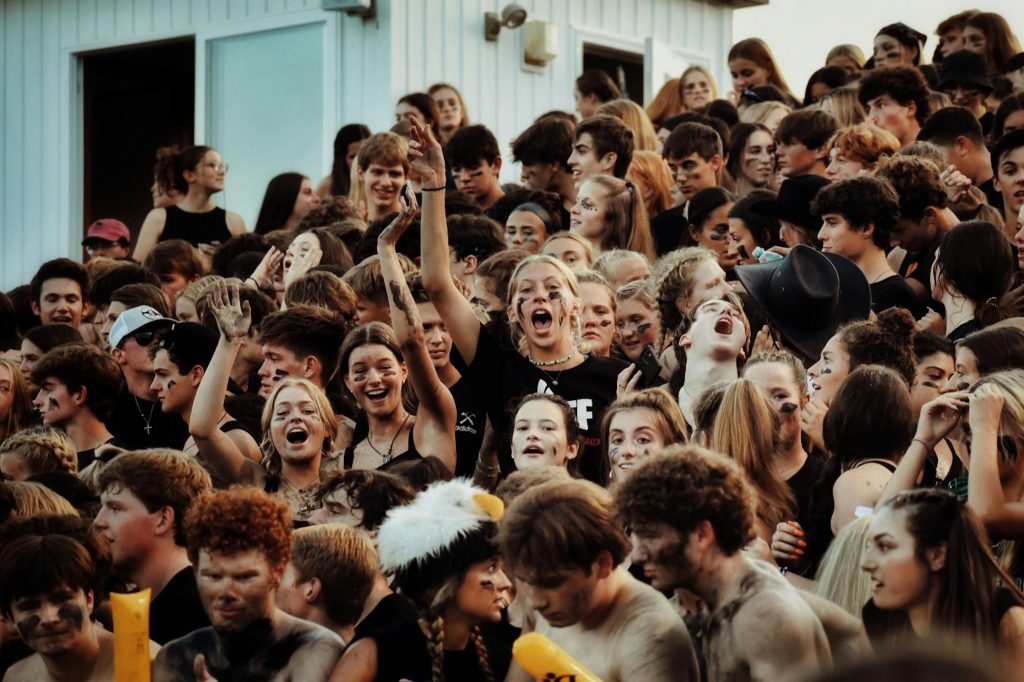
Research by Heinonen & Lipkin (Ordinary customer experience: conceptualisation, characterisation, and implications) tells us that extraordinary experiences are associated with social isolation, while ordinary experiences are associated with social belonging.
People who have extraordinary experiences are likely to feel less connected to the wider group. Think of your neighbour who’s just returned from an exotic holiday, and is desperate to show off their snaps: they’re likely to feel isolated from the other neighbours, who might be indifferent to or bored by their stories. But if you think of a group of people discussing a shared everyday event, such as watching a big football game on TV the previous night, the conversation will be much richer and make them feel like they belong.
Of course, there are exceptions to this – studies at Breda University showed that couples that travel together tend to have greater bonds, and that there’s a pattern of connection that happens as we pass through challenges with other people. Shared extraordinary experiences can lead to disclosure, so the context is important.
This also makes us think of BRC Imagination Arts’ Brad Shelton’s Ode To Anti-Personalisation, his manifesto against hyper-personalisation. He argues that personalisation leads to loneliness, anti-social behaviour, and even less sex (!), whereas communal, shared experiences make us feel connected and alive.
Ordinary Experiences Make Us Happier As We Age

Research by Bhattacharjee & Mogilner (Happiness from ordinary and extraordinary experiences) shows that the happiness associated with ordinary experiences increases with age.
While we can enjoy happiness from novel, or extraordinary, experiences no matter our age, as we get older we’re more able to find happiness in a simpler life and “the little things”. To say that the only path to happiness is through extraordinary experiences therefore isn’t true, especially as we age.
Think of the Danish obsession with “hygge”, roughly translated as “a cosy life”, which prizes simple comforts and connectedness as the best kind of life you can have. Is it any coincidence that Scandinavian countries are some of the happiest in the world?
Ordinary Experiences Lead To Functioning Families
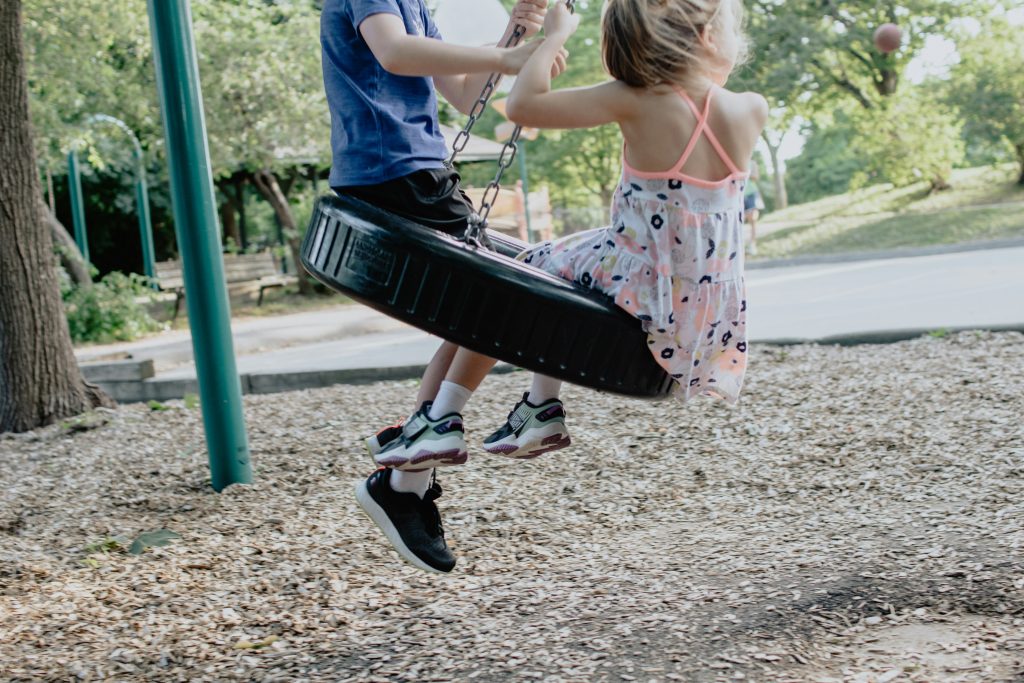
In-depth global studies by Zabriskie and other colleagues of Hill look into how family cohesion, i.e. how close you feel to the people in your family, and family coping, i.e. how a family copes when it faces stress. They looked primarily at families with young children, but their findings applied to other family structures studied, too.
Zabriskie found that the most important experiences to support family functioning were “core” experiences, such as playing together or going to the park. Novel activities may have some impact, but it’s these core experiences that make all the difference and were more likely to predict family cohesion and coping.
This suggests that families without rich ordinary rituals, such as eating together or spending regular time together, are unlikely to feel the benefit of novel, extraordinary experiences like a huge vacation, as they haven’t mastered the day-to-day of being together.
Transformative Experiences Are The Exception, Not The Norm
Benedetto’s research into what makes a social experience transformative found that it needs an element of real risk. By navigating the rules of the Magic Circle and the structure of the experience built around risk in the real world, an experience can result in some transformation.
Once published, Benedetto found that she was approached by experience designers wondering how to add risk to their experiences in order to make them extraordinary and transformative – but this is a weird territory! The desire to produce transformative experiences is an unintentional outcome of earlier research and its false sense of hierarchy.
If transformative experiences are about navigating risk, this is extremely demanding, incredibly exhausting, and not something we should expect from every experience. Benedetto’s research was drawn from attending sex parties, funerals, and wilderness trips, resulting in a huge crash and a long, nuanced integration process. This normalisation process is what occupies most of our lives, not the peak moment of transformation.
Gabrielle Senza is conducting research into when people feel visible and invisible, and how they wish to be seen in the world. She points out that for many people, a willingness to be vulnerable is taking a serious risk in itself and can lead to a degree of transformation.
The integration phase that happens afterwards is also when the transformation may happen: it’s a safe space to take something. When there is no safe space is where transformation can turn into trauma. As experience designers, how might we help create that safe space?
Don’t Design Transformation; Design For Transformation
For many experience experts, the term “transformation” is in itself a loaded one that can cause barriers. An experience that’s ordinary for some people can be extraordinary for others, depending on their perception.
And due to the subjective nature of how we perceive an experience, we can only set the stage for transformation, rather than designing transformation itself – for more on this, see How To Design For Transformation With Joe Pine.
“We can only use the word ‘transformation’ after the portal. It’s the intertwining of what we can plan, and what’s emergent in the moment.” Amy Segreti
What people bring to the moment is a huge part of this – people are often getting ready to have a transformative experience for a long time before we encounter them, and our experience holds the space for it to occur.
We often think of the moment of disruption that constitutes an experience as the transformative moment – but the cumulative effect of our ordinary life experiences can be more transformational in the long term.
Perhaps the best we can aim for is not to transform someone, but as Eric Alba puts it, to widen their perception and help them see in “new colours”. When you start to see things better or anew, you can then start to change your behaviour (for more on this, see Pigalle Tavakkoli’s The Experience Design Triple Diamond).
Returning to the Hierarchy of Experiences, Jessica Urgo says that designing a transformative experience is too big a promise, but designing an ordinary experience is too small. She cites Airbnb Icons’ Up House as an example of an experience that combined the ordinary and memorable, such as wilderness exploration activities like canoeing and putting up a tent, with the spectacular, with a house suspended from a crane and covered in balloons. This might not have been transformative, but it was memorable, meaningful, and special.
“What are the elevational moments that are going to make your experience special, and maybe change your guests’ actions later?” Jessica Urgo
The WXO Take-Out
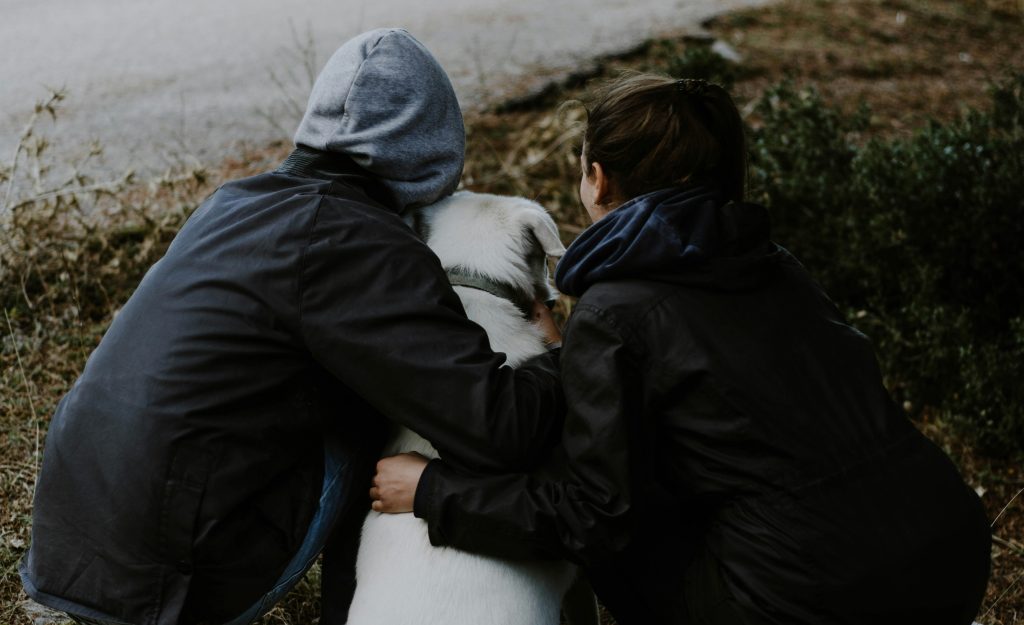
It’s easy to dismiss the important of “rich, ordinary rituals” – but when it comes to transformation, it’s not necessarily the big moments of disruption, but the journey people have been on beforehand and the integration process they go on after an experience that can truly lead to transformation.
And while it’s difficult to sell an “ordinary experience” to clients or customers, rather than over-promising to deliver transformation, what we can aim for is to provide them with an experience that feels special and memorable – and perhaps creates a space and a starting point for which later behaviour change and transformation can occur. And give them new colours with which to see.
So next time you’re designing an experience, ask yourself:
- What ordinary experiences are often overlooked in your everyday life?
- How might you add value to these experiences by redesigning them?
- How might we balance ordinary and transformative activities?
Want to come to live Campfires and join fellow expert experience creators from 39+ different countries as we lead the Experience Revolution forward? Find out how to join us here.

